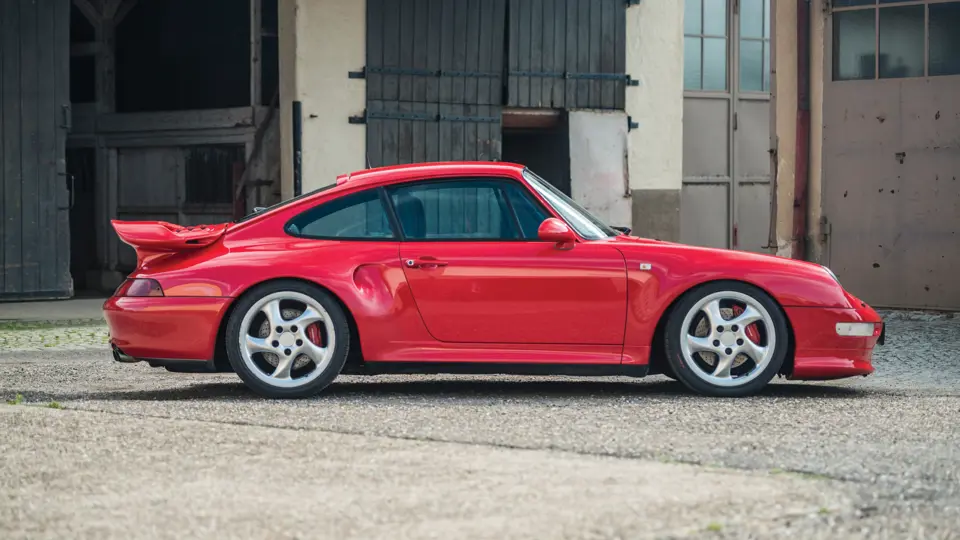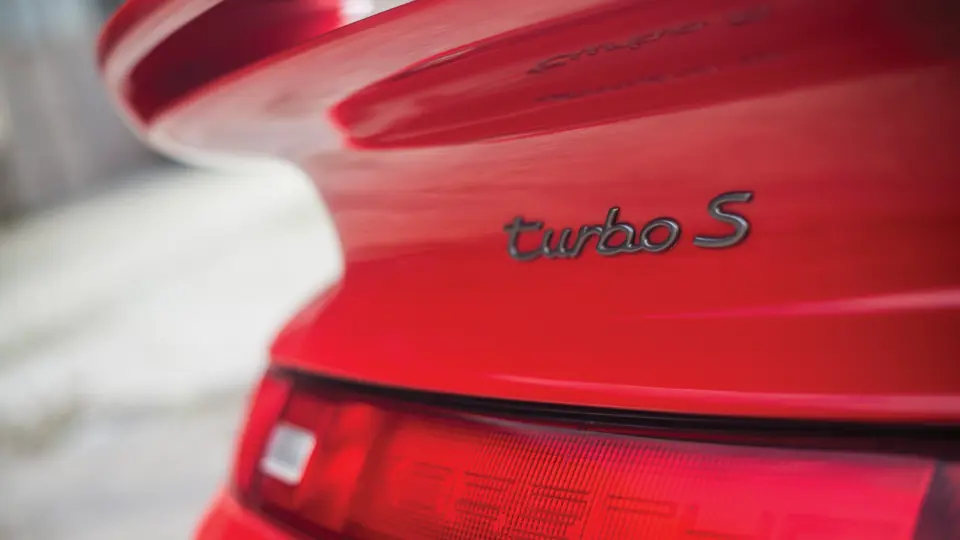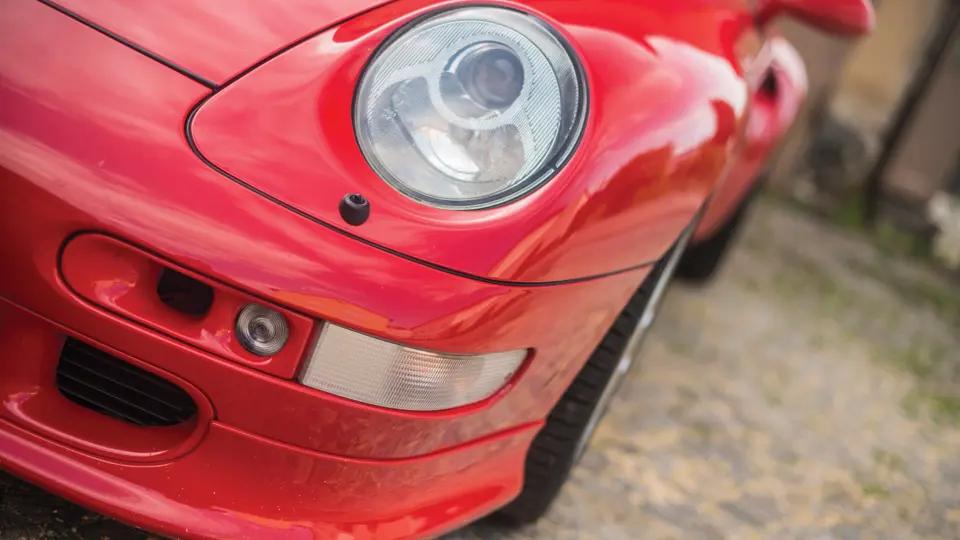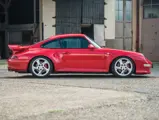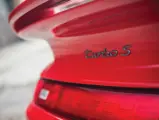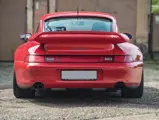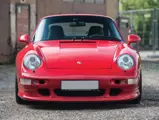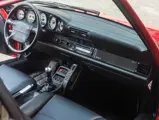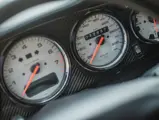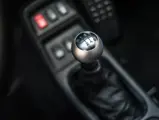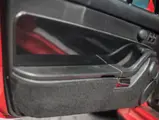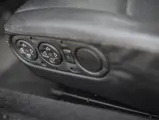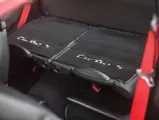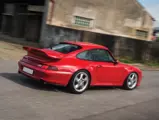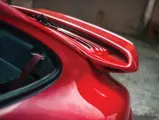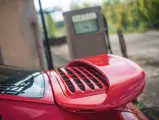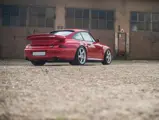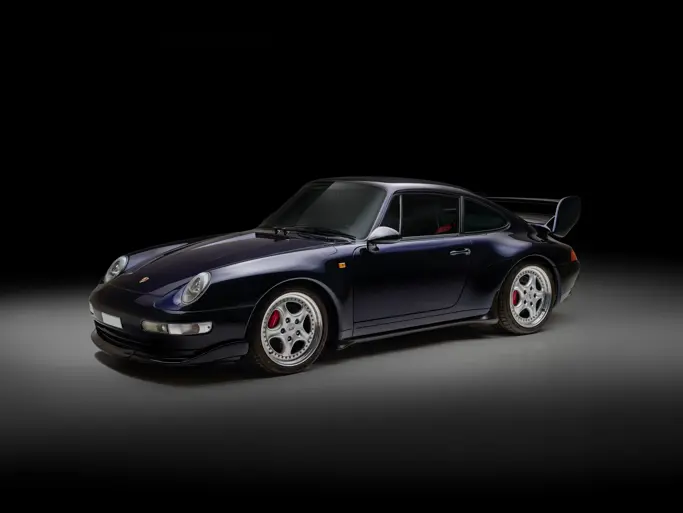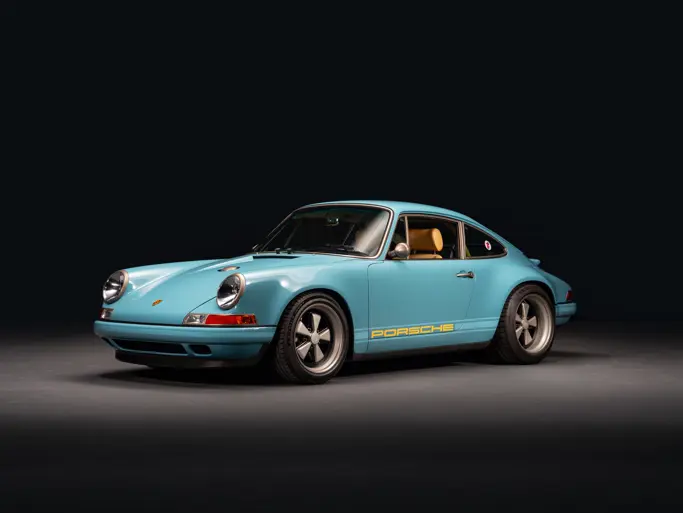Type 993, 450 bhp, 3,605 cc SOHC air-cooled horizontally opposed six-cylinder engine with twin turbochargers and Bosch Motronic management, six-speed manual transmission, independent front suspension with McPherson struts, Bilstein coil-over dampers, and an adjustable anti-roll bar; independent rear suspension with semi-trailing arms, Bilstein coil-over dampers, and an adjustable anti-roll bar; and four-wheel cross-drilled ventilated disc brakes. Wheelbase: 2,272 mm
Brutally fast, powerful, and extremely rare, this 911 Turbo S is among the last of the air-cooled turbo-charged Porsches. Based on the all-wheel-drive Turbo, the uprated “S” appeared in the penultimate year of Type 993 production and was the creation of Porsche’s Exclusive Department. The Turbo S was intended to be the ultimate performance car that made even the normal Turbo appear and feel slow. In the words of a reviewer at jalopnik.com, “More boost, more power, more wing, more carbon fibre, more expensive. It was an extreme model of an already extreme car.”
The heart of the Turbo S was a Type M64/60 twin-turbocharged six-cylinder engine pushed to 450 horsepower (430 for the United States market). A prodigious amount of twist—423 foot-pounds at 4,500 rpm—was fed through a Type G64/51 six-speed manual transaxle to all four wheels via the system developed by Porsche for its earlier Carrera 4 (Type 964) series.
Beneath the engine cover lurked a pair of larger K-24 turbochargers, while the Bosch Motronic engine-management system was altered to produce more power, as well as an additional oil cooler to handle the increased heat load. The exhaust system was further modified, and the S was fitted with quadruple, round outlets (the standard Turbo had but single oval exhaust tips). The Turbo S, already wearing Porsche’s aggressive “wide-body” look, had air inlets in the tops of the rear fenders, an impressive biplane rear-deck spoiler called the “Aerokit II”, a Euro-market front spoiler with special brake cooling inlets, and matte-finish alloy wheels.
Inside was a feast of fine leather, as well as an abundance of carbon-fibre trim traversing the lower portion of the dashboard, along the doorsills, and on the console, door panels, and door pulls. Two sets of colour-coordinated front seatbelts added to the interior’s appeal. Special “Turbo S” trim script appeared on the engine cover, wheel centre caps, interior carpeting, scuff plates, and steering-wheel hub cover. Beneath the front trunk lid rested an impressive carbon-fibre strut tower support bar. Despite weighing slightly more than the normal Turbo, the Turbo S offered otherworldly acceleration for a fully street-legal automobile: 0–60 in less than four seconds, a standing quarter-mile in under 12 seconds, and a top speed of 184 mph. Large, 12.68-inch power-assisted ventilated and cross-drilled multi-piston disc brakes at all four corners delivered impressive stopping power from any speed. The Turbo S was part of a very exclusive fraternity.
This example was acquired new by the current owner, an avid collector of modern performance Porsches. He ordered the Turbo S in October 1997 from the official Porsche dealer in Ludwigsburg and took delivery of his new 911 in March of the following year (a copy of the original invoice is included on file). Finished in iconic Guards Red over a black leather interior, the Porsche was also fitted with matching red seats belts, a Motorola telephone, as well as matching red brake callipers and third brake light mounted above the rear glass. Well-maintained and cared for throughout its life, the Turbo has been driven just under 39,000 kilometres at the time of cataloguing and only shows slight signs of use, including minor wear to the driver’s seat bolster. The Turbo S is otherwise in excellent condition inside and out.
It is difficult to imagine any street-legal Porsche from the 1990s that is capable of delivering such blistering performance or the outstanding road-holding that an all-wheel-drive system provides while cosseting its occupants in such near-silent luxury. The Porsche 911 Turbo S was, and remains, in a class by itself.
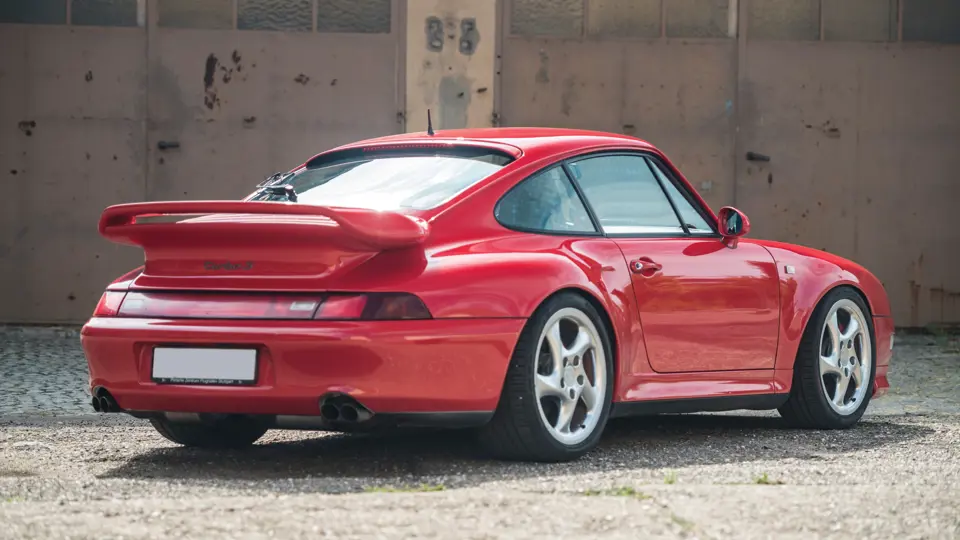



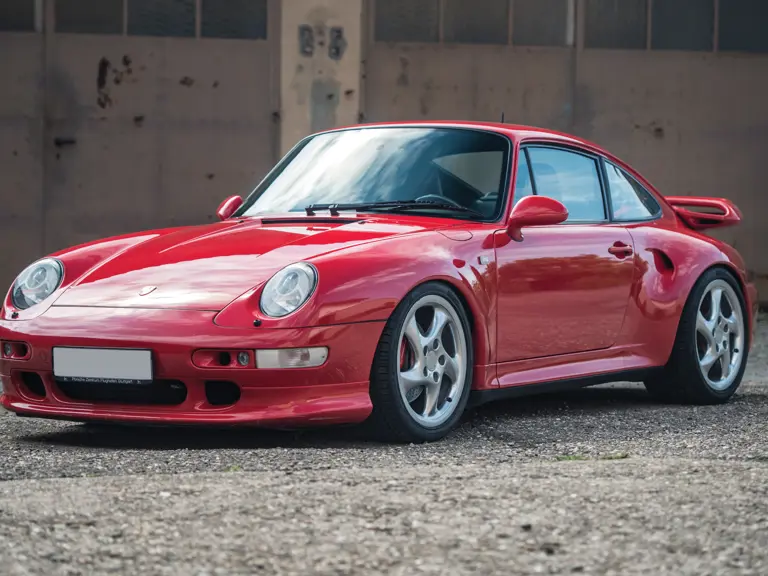
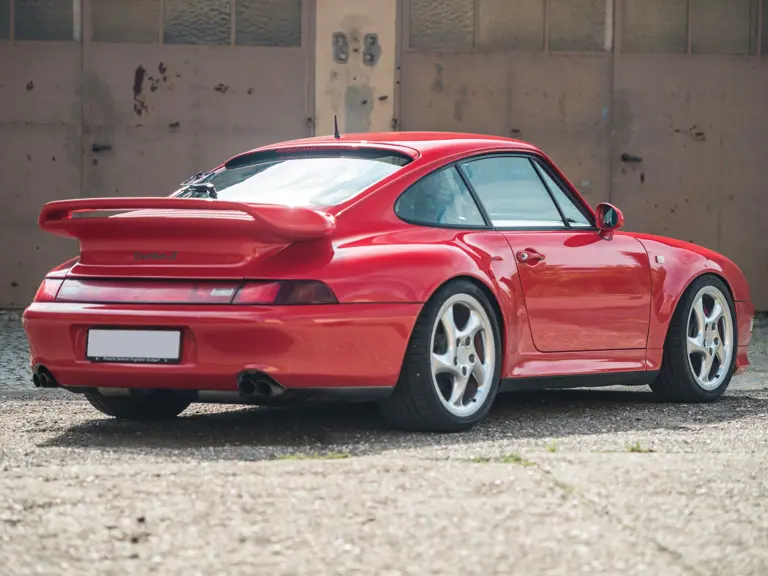
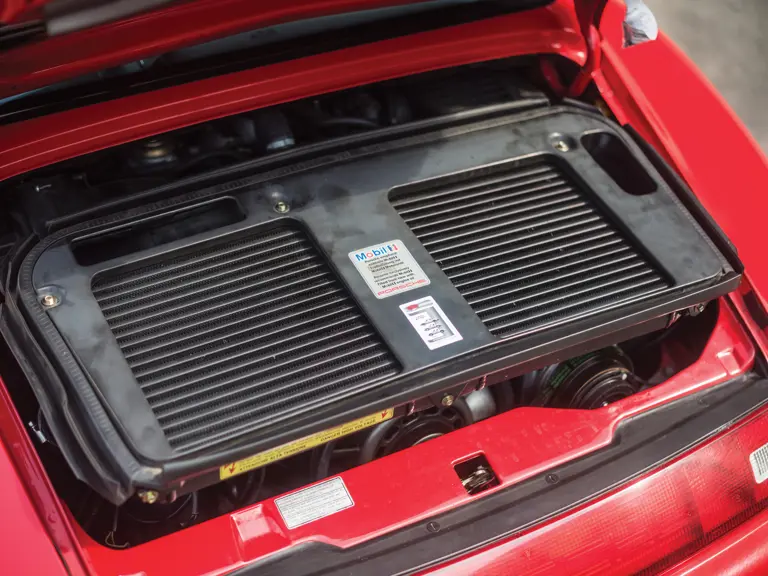
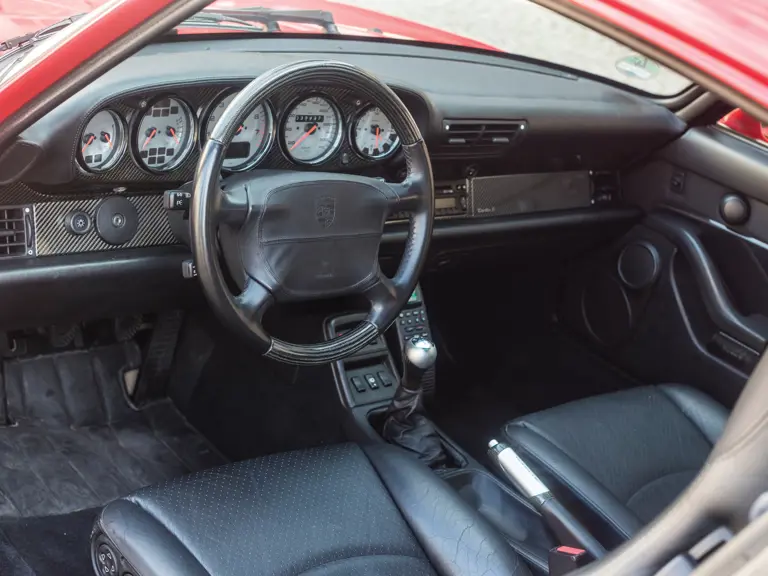
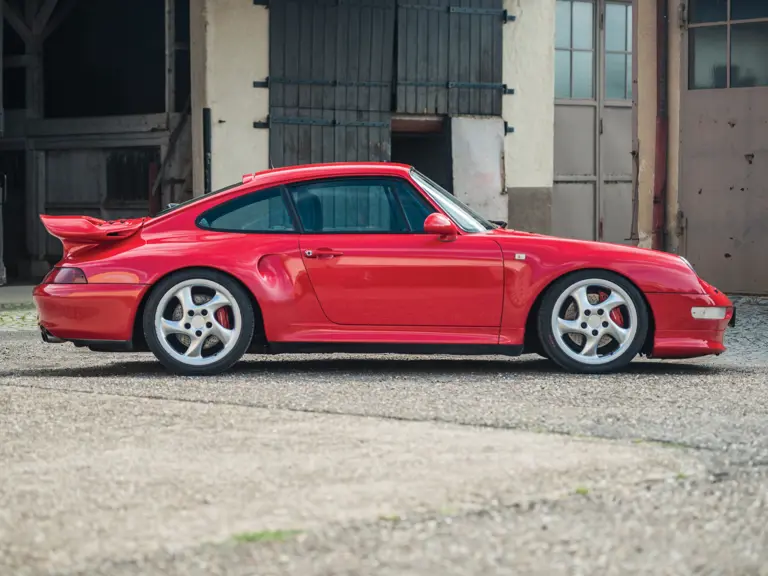
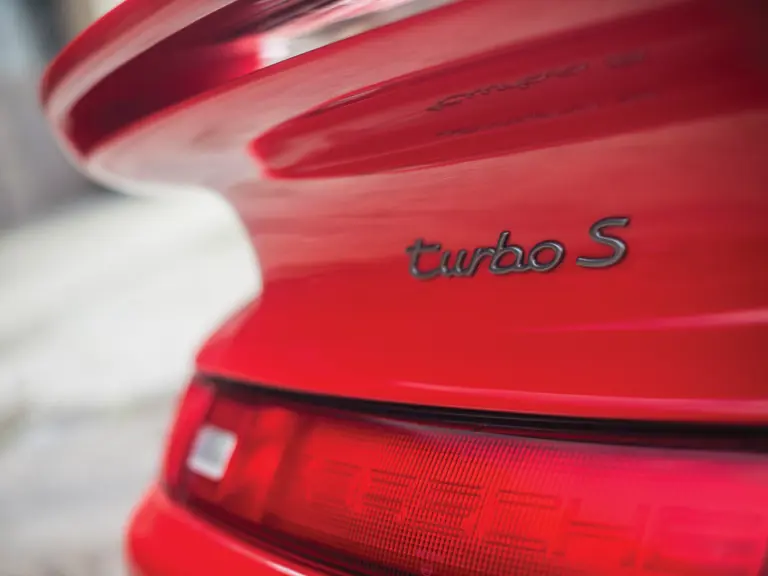
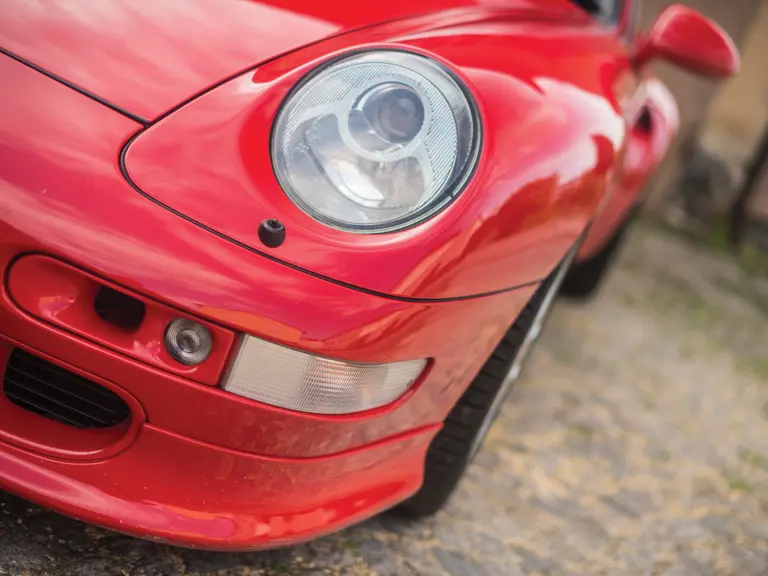
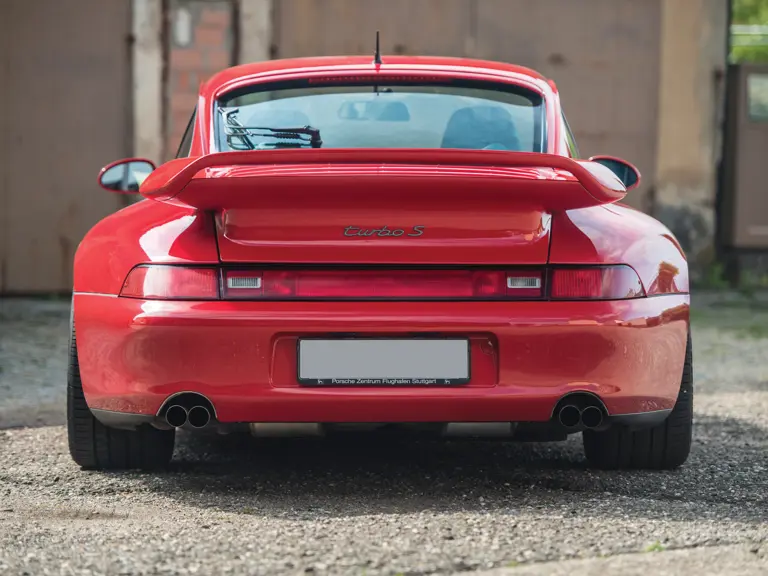
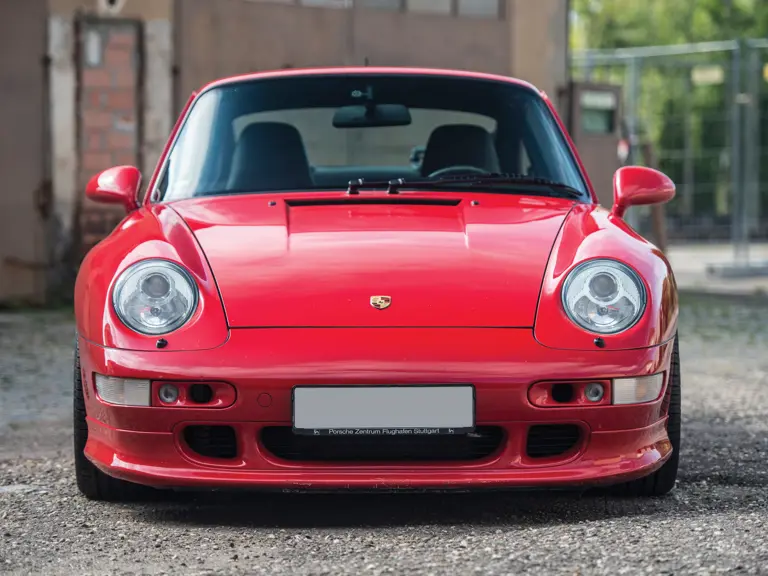
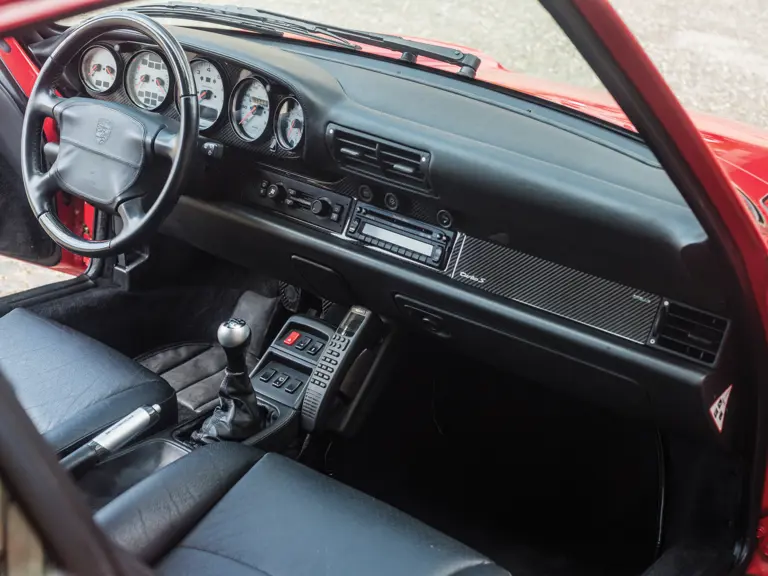
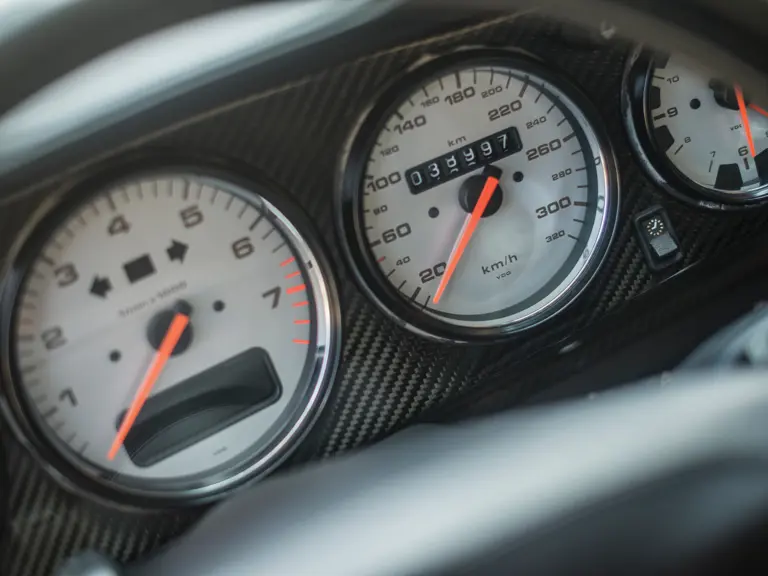

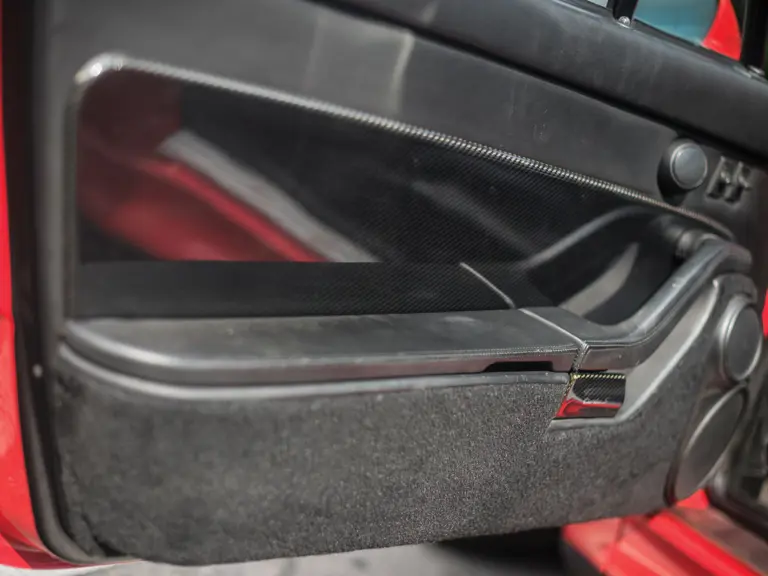

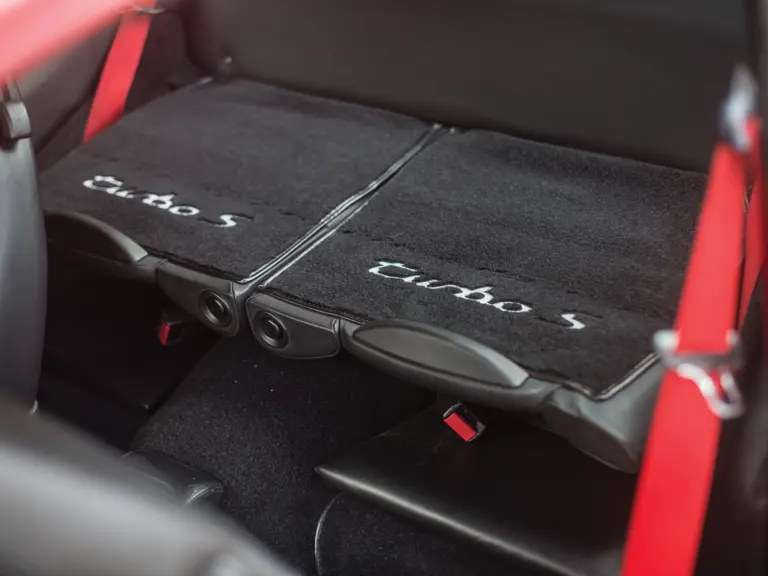
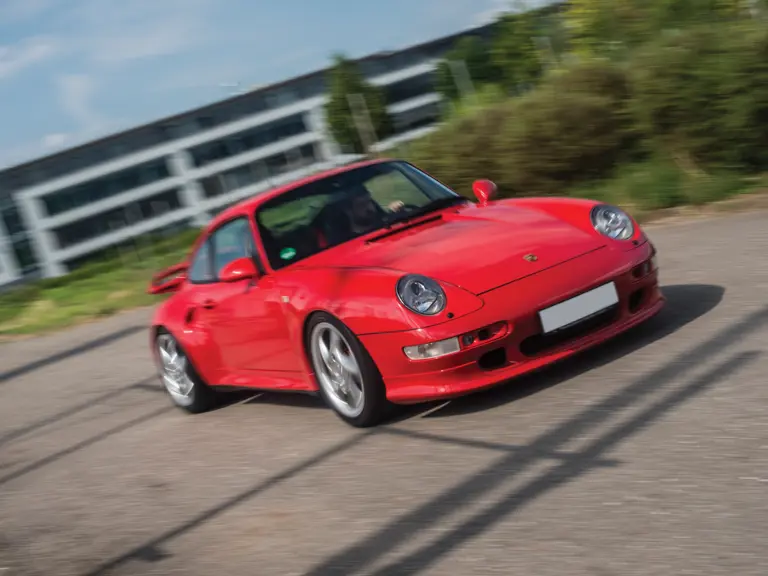

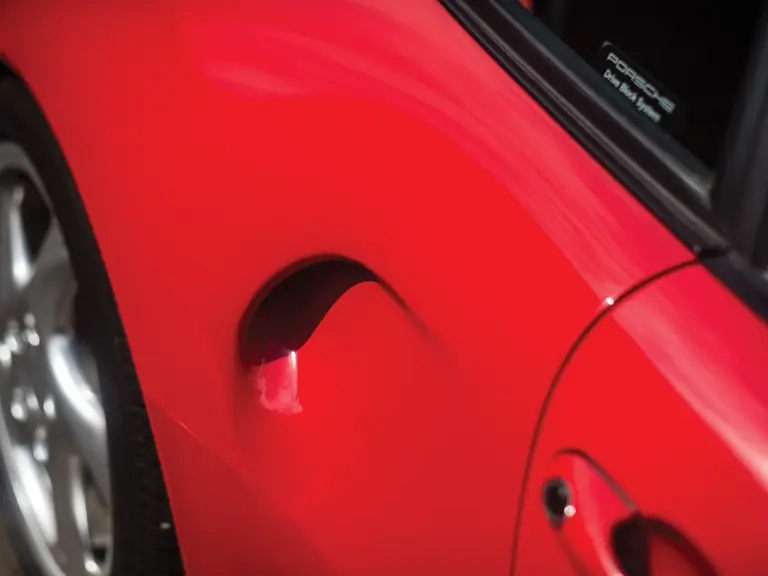
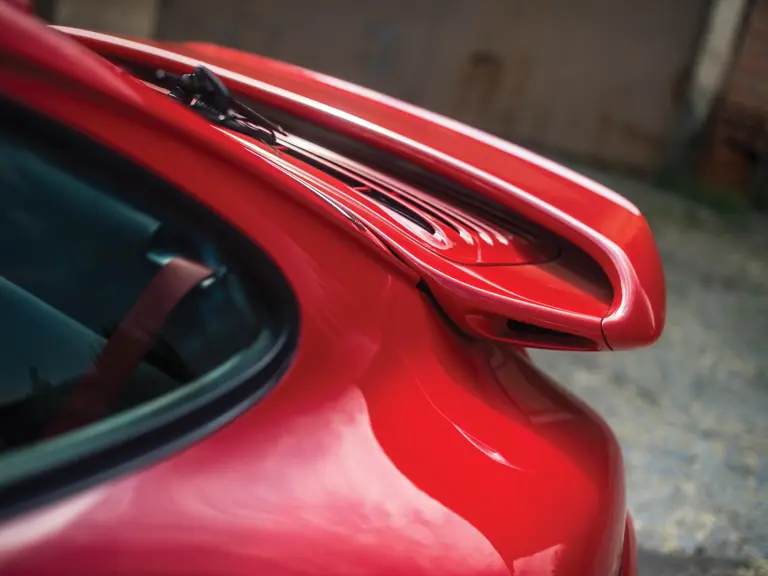
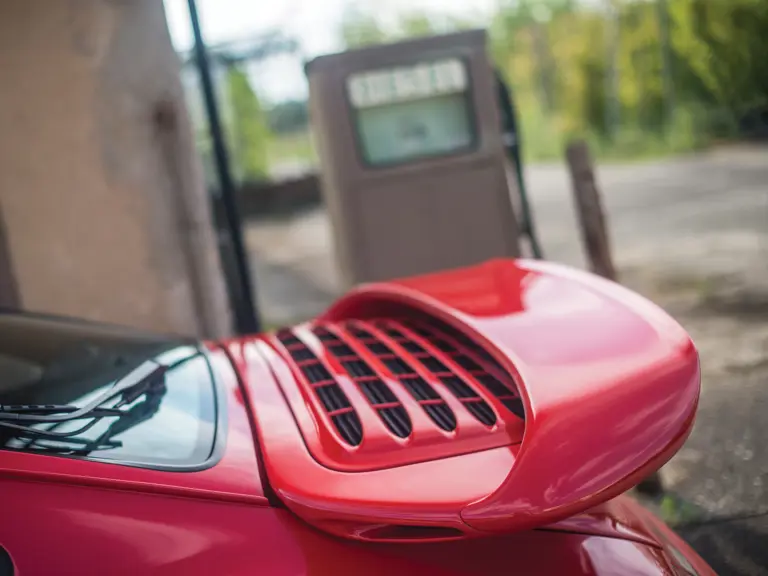
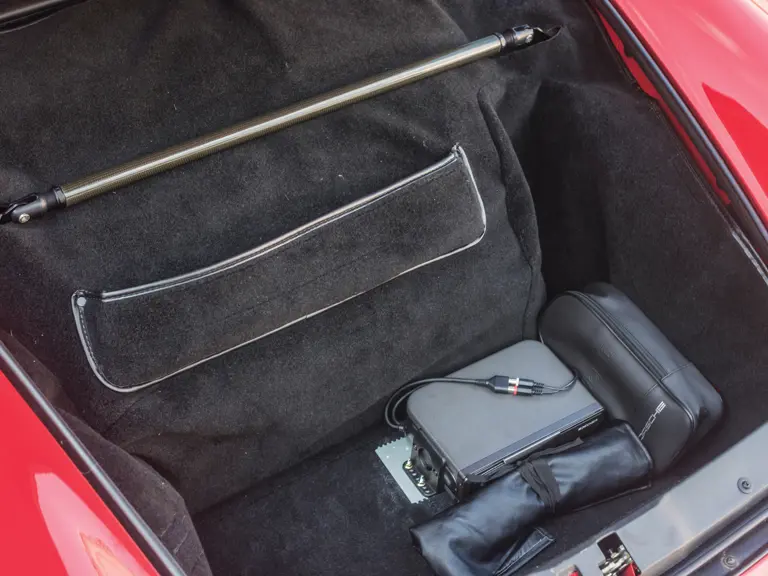

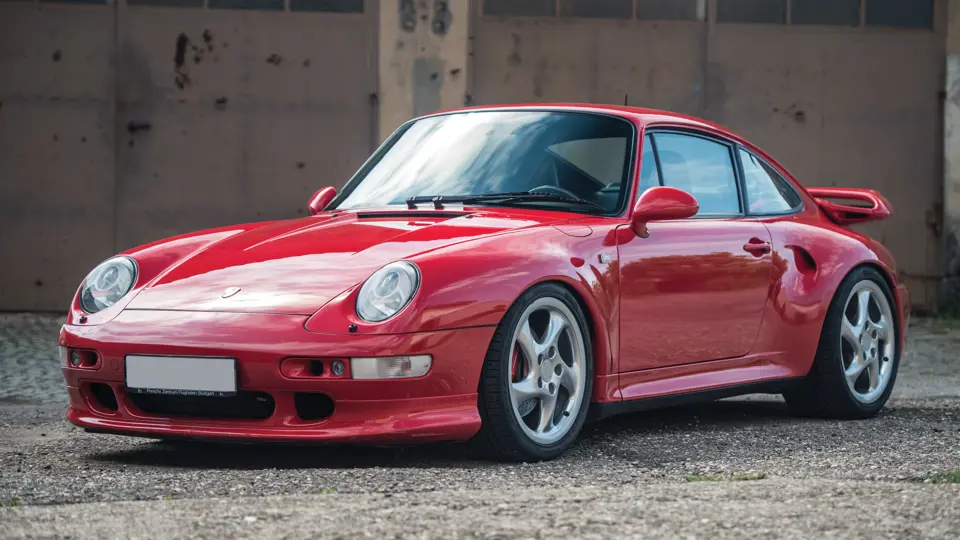
 | London, United Kingdom
| London, United Kingdom
